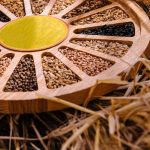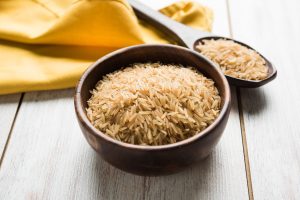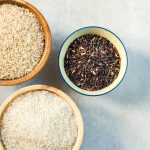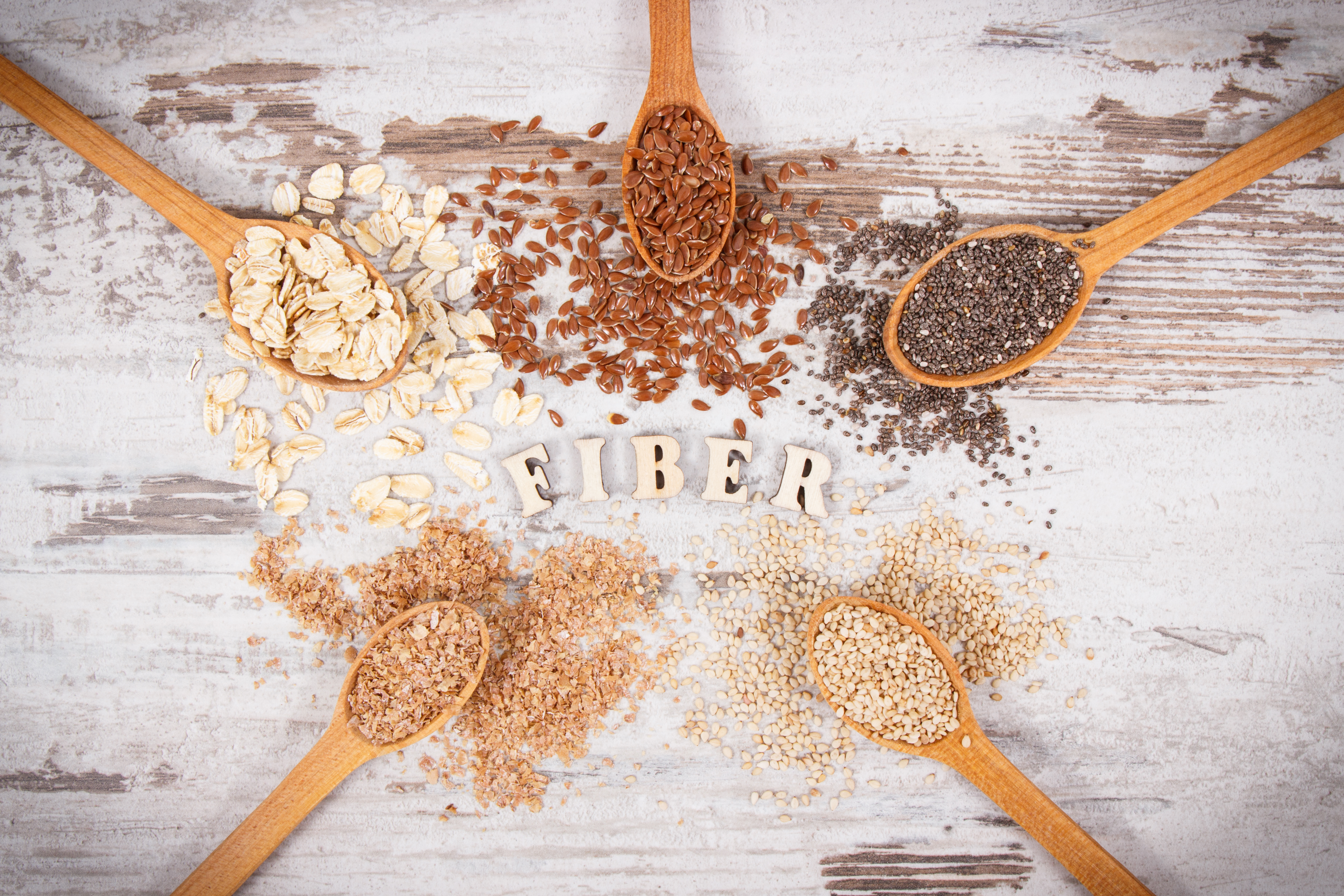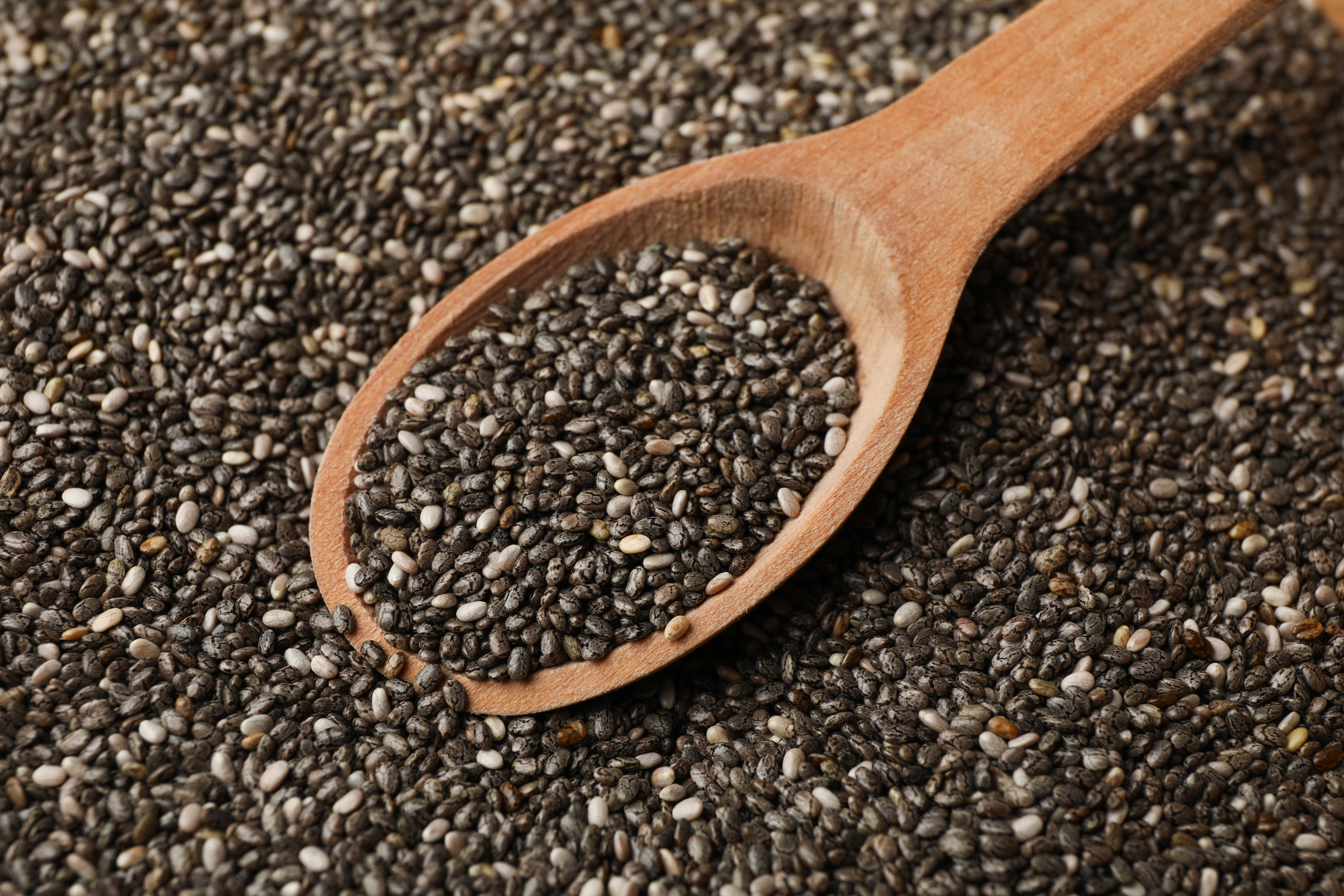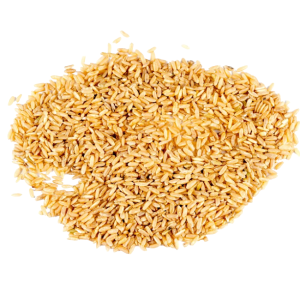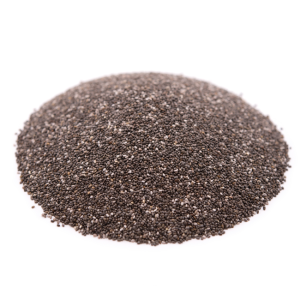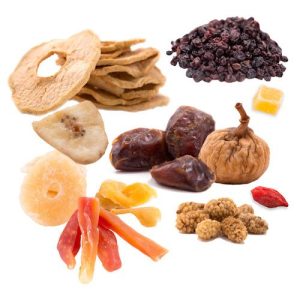The ketogenic diet, known for its low-carb and high-fat principles, has gained immense popularity for its potential to promote weight loss and improve metabolic health. One common question among keto enthusiasts is whether all seeds are suitable for a ketogenic lifestyle. In this post, we’ll explore the carbohydrate content of various seeds, their nutritional benefits, and how to incorporate them into a keto-friendly diet.
Understanding the Ketogenic Diet
Before delving into seeds, it’s essential to understand the ketogenic diet. Typically, a keto diet consists of:
- 70-75% fats
- 20-25% protein
- 5-10% carbohydrates
This macronutrient ratio aims to shift the body’s metabolism into a state of ketosis, where it burns fat for fuel instead of carbohydrates. As such, selecting low-carb foods is crucial for maintaining ketosis.
The Nutritional Profile of Seeds
 Seeds are nutrient-dense foods that can be excellent additions to a keto diet. They are high in healthy fats, fiber, and protein, while also providing essential vitamins and minerals. However, their carbohydrate content varies significantly depending on the type of seed.
Seeds are nutrient-dense foods that can be excellent additions to a keto diet. They are high in healthy fats, fiber, and protein, while also providing essential vitamins and minerals. However, their carbohydrate content varies significantly depending on the type of seed.
Common Seeds and Their Carb Content
- Chia Seeds
- Carbs per 1 oz (28 g): 12 g
- Fiber: 10 g
- Net Carbs: 2 g
- Benefits: High in omega-3 fatty acids and antioxidants.
- Flaxseeds
- Carbs per 1 oz (28 g): 8 g
- Fiber: 8 g
- Net Carbs: 0 g
- Benefits: Rich in lignans, omega-3s, and fiber.
- Pumpkin Seeds (Pepitas)
- Carbs per 1 oz (28 g): 5 g
- Fiber: 1 g
- Net Carbs: 4 g
- Benefits: Good source of magnesium, zinc, and iron.
- Sunflower Seeds
- Carbs per 1 oz (28 g): 6 g
- Fiber: 3 g
- Net Carbs: 3 g
- Benefits: High in vitamin E and healthy fats.
- Hemp Seeds
- Carbs per 1 oz (28 g): 2 g
- Fiber: 1 g
- Net Carbs: 1 g
- Benefits: Excellent source of plant-based protein, omega-3 and omega-6 fatty acids.
Are All Seeds Keto-Friendly?
Based on the carb content, many seeds are indeed keto-friendly, especially when consumed in moderation. Here’s a breakdown of some commonly consumed seeds:
- Chia Seeds: With a low net carb count, chia seeds are an excellent choice for adding to smoothies, yogurt, or keto-friendly puddings.
- Flaxseeds: Almost carb-free when considering fiber, flaxseeds can be used in baking or sprinkled on salads.
- Pumpkin Seeds: These offer a satisfying crunch and can be enjoyed roasted or added to trail mixes.
- Sunflower Seeds: Great for snacking or adding to salads, they provide a nice texture and flavor.
- Hemp Seeds: With very low net carbs, hemp seeds are perfect for smoothies, salads, or as a topping on various dishes.
Considerations When Choosing Seeds
- Portion Control: Even low-carb seeds can contribute to your overall carb intake, so portion control is key.
- Preparation Methods: Roasting seeds can enhance their flavor but can also add oils or sugars, impacting their keto-friendliness. Always opt for raw or lightly salted varieties without added sugars.
- Seed Blends: Some pre-packaged seed mixes may contain high-carb ingredients (like dried fruits or honey). Always read labels to ensure they align with your keto goals.
Incorporating Seeds into Your Keto Diet
Here are some practical ways to include seeds in your meals:
- Smoothies: Blend chia or hemp seeds into your morning smoothie for added fiber and nutrients.
- Salads: Top your salads with sunflower or pumpkin seeds for a crunchy texture.
- Snacks: Enjoy a handful of mixed seeds as a quick snack.
- Baking: Use ground flaxseeds in keto baking recipes as a substitute for flour.
- Puddings: Make a chia seed pudding with coconut milk and your favorite keto-friendly sweetener.
Conclusion
While not all seeds are created equal, many varieties are compatible with a ketogenic diet. By understanding their nutritional profiles and net carb contents, you can enjoy the numerous health benefits seeds offer without compromising your keto goals. As always, listen to your body and adjust your intake based on your personal nutritional needs and preferences. Happy snacking on your keto journey!


 Chia Seeds
Chia Seeds Flax Seeds
Flax Seeds Pumpkin Seeds
Pumpkin Seeds Sunflower Seeds
Sunflower Seeds Dried Apricots
Dried Apricots Dates
Dates Raisins
Raisins Goji Berries
Goji Berries Dark Chocolate
Dark Chocolate Trail Mix
Trail Mix Granola Bars
Granola Bars
 Oat Energy Balls
Oat Energy Balls
 Oat Crackers
Oat Crackers Oatmeal Savory Bowls
Oatmeal Savory Bowls Oat Risotto
Oat Risotto Oat Muffins
Oat Muffins Oat Bread
Oat Bread Oat Crust for Pies
Oat Crust for Pies Oatmeal Chocolate Chip Bars
Oatmeal Chocolate Chip Bars Oat Smoothies
Oat Smoothies Oat Based Creamy Sauces
Oat Based Creamy Sauces Oat Thickener for Soups
Oat Thickener for Soups Oat Toppings for Salads
Oat Toppings for Salads Oat Based Granola for Yogurt
Oat Based Granola for Yogurt Oats in Indian Cuisine: Oats Idli
Oats in Indian Cuisine: Oats Idli Oat Pancakes: A Global Twist
Oat Pancakes: A Global Twist Oatmeal Chocolate Pudding
Oatmeal Chocolate Pudding Oatmeal Fruit Crumble
Oatmeal Fruit Crumble Making Oat Flour
Making Oat Flour Oat Smoothie Bowl Recipe
Oat Smoothie Bowl Recipe Oats with Seed Butters
Oats with Seed Butters Oats with Yogurt and Fruit
Oats with Yogurt and Fruit








